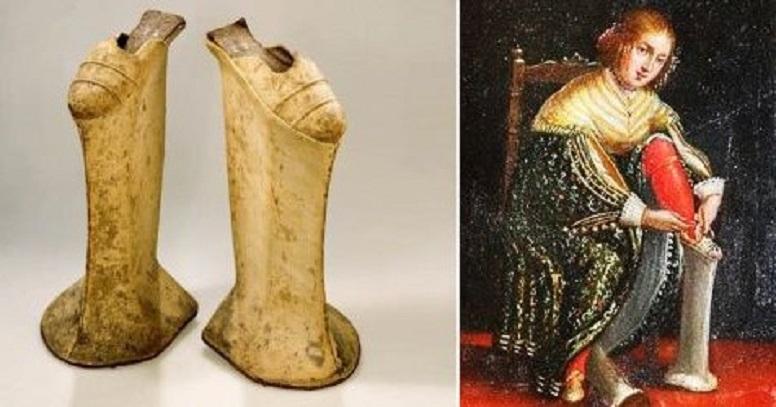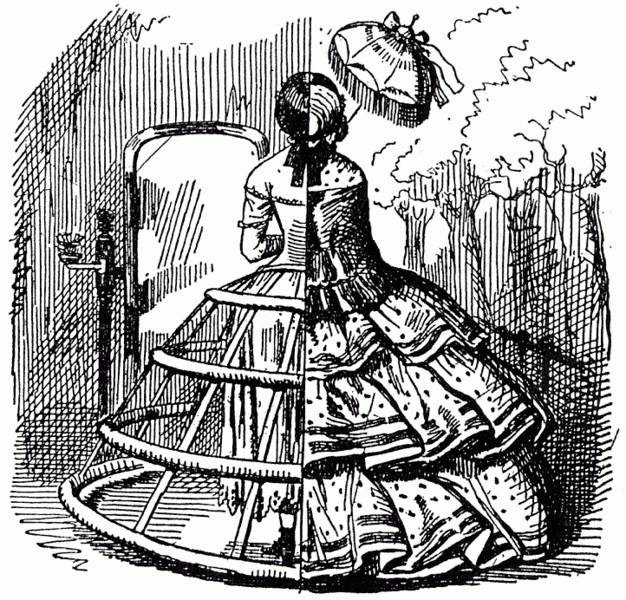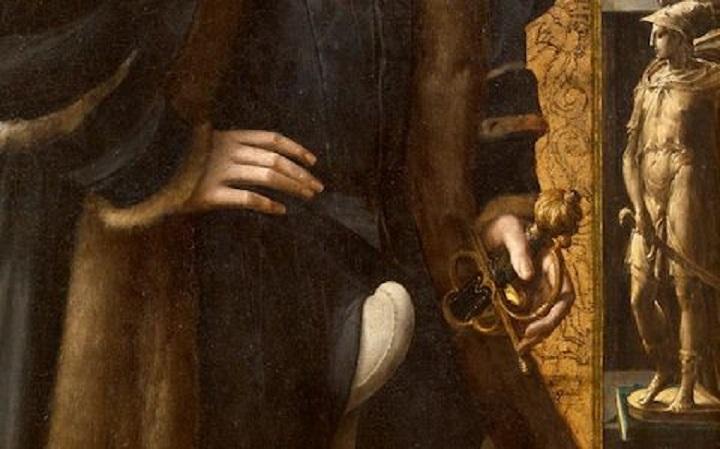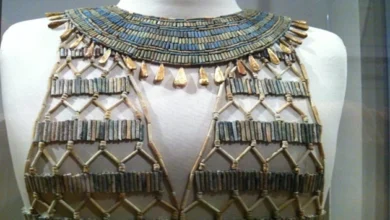These old strange Fashion trends will intrigue you

Currently, the brand is going around the internet with their waders that look like your skin, including devil horns, fleshy heels, boots, and toes. Strange fashion trends seem to have always been there. These old strange fashion trends will intrigue you.
From paper dresses to platform fangs, numerous fashion trends have left people pondering, What were they thinking? From showing one’s status to hiding, illness is just some of the reasons for some strange patterns throughout history.
This list below is the most weird fashion trends in history.
Chopines
Think 3-inch platform shoes are high? They’re nothing compared to this 16th-century shoe, or pint. A pint was a high-soled platform shoe that could reach 20 inches.

Chopines, despite being impractical shoes, they were used for the practical purpose of shielding the wearer’s feet from mud and dirt alongside the streets. Chopines were commonly worn by Spanish and Italian women to demonstrate wealth and social importance.
The prouder the shoe, the more honorable the status, and women needed longer dresses to equalize proportions, which required more expensive dresses. After the Romans conquered Spain, they established a shoe manufacturing industry in Liège. Like many other fashions, the pint was not going to last, and during the 17th century, beginning of the high-heeled shoe putting an end to the trend.
Crinolines
Crinoline was a fashionable and popular fashion trend from the late 1840s and was a petticoat made of horsehair. The crinoline has initially been used to support and shape a woman’s garment.

In order to achieve the appearance of the big skirt, the crinoline was worn with six starchy petticoats. It was cumbersome and not comfortable for the wearer.
The crinoline took various forms during its trendy. In the 1860s, it modifies to a Dome shape, and around 1865, it became almost flat at the front. Towards 1878, the crinoline began to fade out.
Codpieces
By the 1500s, fashion for the men had changed. A doublet is being worn by men, which sometimes worn on the upper part of the body. The pipe, which was made of two separate leggings, was attached to the doublet. Next, a cape was worn over the outfit.

As the doublets and capes became shorter, a man’s private space sometimes became accidentally exposed. In order to avoid this exposure, the codpiece was formed. Codpieces began as nothing more than a triangular shape of the cloth.
Codpiece started fading at the end of the 16th century. A new trendy of male stuffing their clothes in the stomach area emerged, ending the reign of the codpiece.
Macaroni
After all, who can not differentiate between a feather and a piece of pasta? However, in that song, macaroni was not a piece of pasta. It was more of a trendy fashion.

Young British aristocrats, in the 1760s, were returning from a trip across continental Europe, known as the Grand Tour. It was a standard trip to deepen their cultural knowledge. These young aristocrats also returned with a new sense of fashion known as macaroni.
The macaroni trend was considered an effeminate type of dress. It incorporated bright colors, while the traditional dress at the time favored darker clothes. It was limited to the upper class when the trend began and spread to all classes in 1772.
The femininity of the style was amplified when it was trending. The term macaroni went from a sophisticated British person to “a person who has gone beyond the ordinary limits of fashion”. The public shame and ridicule of the new macaroni caused the end of the fashion trend.
Doublet
If you’ve ever seen a person in the era of an Elizabethan painting, you’ve probably noticed that person in puffy sleeves. These puffy sleeves are the result of a prank or a bombing. And it was not just the sleeves that were puffed up, Bellies, shoulders, and thighs would also be stuffed.

Men were known to pad their calves this way. The doublet was made from a variety of materials, including horsehair, cotton, wool, and bran. It wasn’t light and soft like the giant shoulder pads of the 1980s. Instead, the Doublet was not entirely comfortable, and the trend faded out of style in the 17th century.




